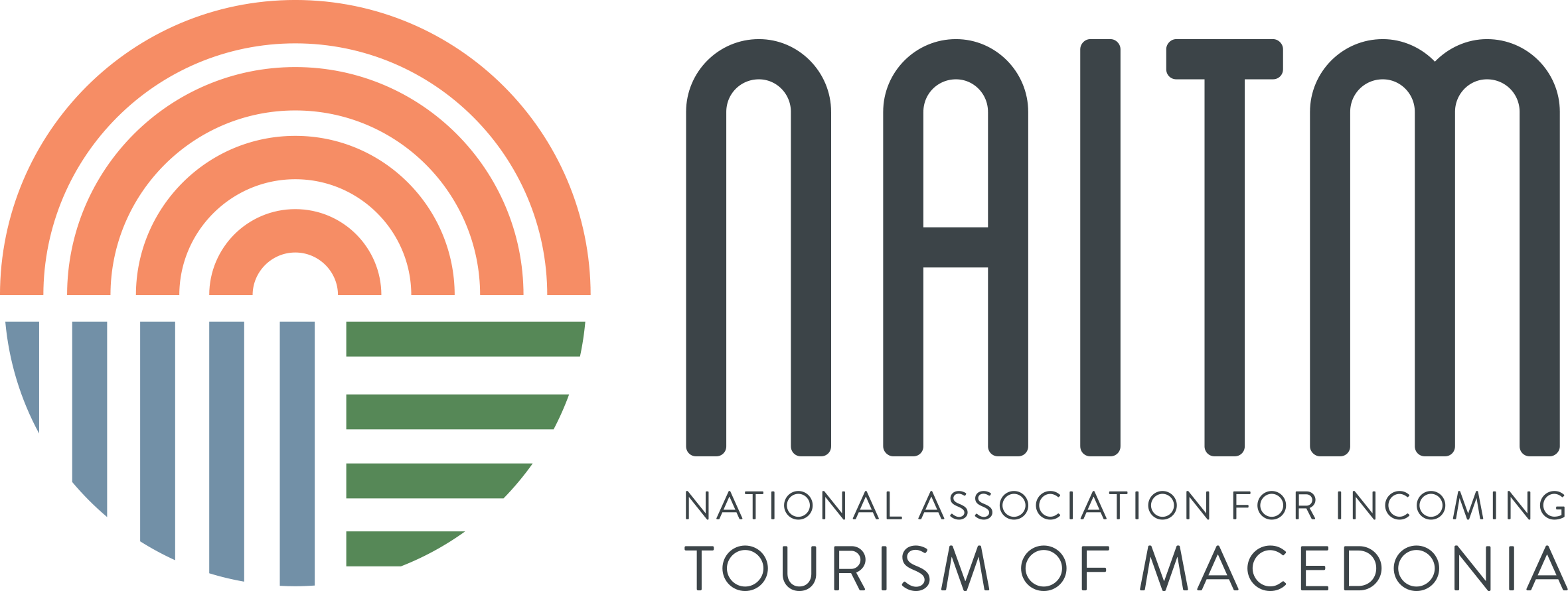| #Boyana #Church Is located on the outskirts of Sofia, Boyana Church consists of three buildings. The eastern church was built in the 10th century, then enlarged at the beginning of the 13th century by Sebastocrator Kaloyan, who ordered a second two storey building to be erected next to it. The frescoes in this second church, painted in 1259, make it one of the most important collections of medieval paintings. The ensemble is completed by a third church, built at the beginning of the 19th century. This site is one of the most complete and perfectly preserved monuments of east European medieval art. #Rila #Monastery was founded in the 10th century by St John of Rila, a hermit canonized by the Orthodox Church. His ascetic dwelling and tomb became a holy site and were transformed into a monastic complex which played an important role in the spiritual and social life of medieval Bulgaria. Destroyed by fire at the beginning of the 19th century, the complex was rebuilt between 1834 and 1862. A characteristic example of the Bulgarian Renaissance (18th–19th centuries), the monument symbolizes the awareness of a Slavic cultural identity following centuries of occupation. #Madara #Rider representing the figure of a knight triumphing over a lion, is carved into a 100-m-high cliff near the village of Madara in north-east Bulgaria. Madara was the principal sacred place of the First Bulgarian Empire before Bulgaria’s conversion to Christianity in the 9th century. The inscriptions beside the sculpture tell of events that occurred between AD 705 and 801. | #Nessebar #Ancient City Situated on a rocky peninsula on the Black Sea, the more than 3,000-year-old site of Nessebar was originally a Thracian settlement (Menebria). At the beginning of the 6th century BC, the city became a Greek colony. The city’s remains, which date mostly from the Hellenistic period, include the acropolis, a temple of Apollo, an agora and a wall from the Thracian fortifications. Among other monuments, the Stara Mitropolia Basilica and the fortress date from the Middle Ages, when this was one of the most important Byzantine towns on the west coast of the Black Sea. Wooden houses built in the 19th century are typical of the Black Sea architecture of the period. #Sveshtari Thracian Tomb Discovered in 1982 near the village of Sveshtari, this 3rd-century BC Thracian tomb reflects the fundamental structural principles of Thracian cult buildings. The tomb has a unique architectural decor, with polychrome half-human, half-plant caryatids and painted murals. The 10 female figures carved in high relief on the walls of the central chamber and the decoration of the lunette in its vault are the only examples of this type found so far in the Thracian lands. It is a remarkable reminder of the culture of the Getes, a Thracian people who were in contact with the Hellenistic and Hyperborean worlds, according to ancient geographers. #Srebarna Nature Reserve is a freshwater lake adjacent to the Danube and extending over 600 ha. It is the breeding ground of almost 100 species of birds, many of which are rare or endangered. Some 80 other bird species migrate and seek refuge there every winter. Among the most interesting bird species are the Dalmatian pelican, great egret, night heron, purple heron, glossy ibis and white spoonbill. | #Kazanlak #Thracian Tomb Discovered in 1944, this tomb dates from the Hellenistic period, around the end of the 4th century BC. It is located near Seutopolis, the capital city of the Thracian king Seutes III, and is part of a large Thracian necropolis. The tholos has a narrow corridor and a round burial chamber, both decorated with murals representing Thracian burial rituals and culture.These paintings are Bulgaria’s best -preserved artistic masterpieces from the Hellenistic period. #Ivanovo #Rock - Hewn Churches In the valley of the Roussenski Lom River, in north east Bulgaria, a complex of rock-hewn churches, chapels, monasteries and cells developed in the vicinity of the village of Ivanovo. This is where the first hermits had dug out their cells and churches during the 12th century. The 14th-century murals testify to the exceptional skill of the artists belonging to the Tarnovo School of painting. #Pirin National Park Spread over an area of over 27,000 ha, at an altitude between 1008 and 2914 m in the Pirin Mountains, southwest Bulgaria, the site comprises diverse limestone mountain landscapes with glacial lakes, waterfalls, caves and predominantly coniferous forests. It was added to the World Heritage List in 1983. The extension now covers an area of around 40,000 ha in the Pirin Mountains, and overlaps with the Pirin National Park, except for two areas developed for tourism (skiing). The dominant part of the extension is high mountain territory over 2000m in altitude, and covered mostly by alpine meadows, rocky screes and summits. |
|
0 Comments
La moderna Romania
La nascita della Romania come Stato nazionale è pressoché coeva a quella dell’Italia: risale al Congresso di Berlino del 1878. Il primo Re fu il principe tedesco Carol di Hohenzollern- Sigmaringen. Sul piano internazionale, il nuovo Regno strinse accordi con la Triplice Alleanza, ma nella Prima Guerra Mondiale, come accadde per l’Italia, si schierò a fianco delle potenze dell’Intesa. Il crollo dell’Impero asburgico sembrò coronare le aspirazioni della Romania, che fu chiamata “Grande”, perché i Trattati di pace le concessero il raddoppio del territorio e della popolazione, che aumentò da 7,5 a 16 milioni di unità. La “Grande Romania” degli anni Trenta, per le sue risorse economiche (grano e petrolio) sembrò avviarsi a divenire uno dei Paesi più ricchi di Europa, ma non ebbe vita duratura. Vittima del patto Molotov-Ribentropp fu travolta dal crollo delle potenze dell’Asse e poi invasa dalle truppe sovietiche. La monarchia degli Hohenzollern ebbe una sorte analoga a quella sabauda. Nel dicembre 1947, Re Michele fu costretto ad abdicare e nell’aprile del 1948 venne proclamata la Repubblica Popolare Romena. Si aprì, anche per la Romania una stagione di miseria e di terrore. Vittima della barbarie comunista Per 25 anni, dal 1965 al 1989, il destino politico della Romania coincise con quello di Nicolae Ceausescu. Tra le più gravi responsabilità dell’Occidente, c’è quella di aver accreditato Ceausescu, accanto a Berlinguer e a Tito, come portatore di una accettabile “via nazionale” al socialismo, salvo poi tacere sul processo farsa al dittatore e a sua moglie Elena, liquidati per ordine del Cremlino, mentre si sgretolava la Cortina di Ferro. Di Ceausescu sopravvive oggi solo il “Palazzo del Popolo”, frutto della sua furiosa megalomania, un immenso edificio di 84 metri di altezza e di lati, con migliaia di stanze e sterminati sotterranei. Oggi è divenuto Palazzo del Parlamento, sede delle due assemblee legislative. Tra le più gravi colpe di Ceausescu c’è stata quella di aver distrutto il tessuto sociale del Paese, con una politica di trasferimento forzato della popolazione dai villaggi ai centri urbani. L’obbiettivo era quello di distruggere il patrimonio di tradizioni del popolo romeno che affonda le sue radici nel carattere rurale del paese. È stato proprio grazie alla mancanza di grandi città e di agglomerazioni urbane, che i daco-romeni riuscirono ad essere un popolo omogeneo. Ceausescu volle distruggere il romanesimo agricolo della Dacia in nome dell’utopia del “socialismo reale”, riducendo il suo popolo alla fame. Un Paese da scoprire La Romania merita di essere attraversata per esteso, magari seguendo il corso del Danubio, che vi irrompe dalla Serbia, aprendosi una breccia tra i Carpazi, attraverso le gole strette delle “Porte di ferro”, per poi distendersi fino al Mar Nero, dove ha la sua foce. I paesaggi della Romania sono ricchi di monasteri, come in Bucovina, e di castelli fiabeschi come in Transilvania. Tra tutti il castello dei Corvino a Huneodara e quello di Bran, attribuito a “Dracula” perché secondo la leggenda vi soggiornò il voivoda di Valacchia Vlad III, soprannominato “l’Impalatore”, la cui vita ispirò lo scrittore irlandese Bram Stoker per il suo romanzo Dracula (1897). Un milione di turisti viene ogni anno a visitare Sighisoara, la splendida città medievale dove nacque l’impalatore, non mancando di pernottare in un albergo di dubbio gusto quale l’Hotel Castello “Dracula”, che offre giri turistici a lume di candela attorno alla “bara” del vampiro. Nel corso dei secoli, la pianura che da Arad a Timisoara arriva a sud, fino a Belgrado e da Oradea si spinge ad Ovest fino a Vienna è stata percorsa, nei due sensi, da armate diverse. Tra Timisoara e Cluj, due città dal sapore mitteleuropeo, passavano i confini dell’Impero. Erano i Militärgränze, distretti militarizzati di frontiera, dove gli abitanti lavoravano i campi, ma erano pronti ad impugnare spada o moschetto. Il problema dei Rom Malgrado le profonde influenze romane, bizantine e asburgiche, i romeni in Italia sono considerati portatori non di civiltà, ma di piccola o grande criminalità. Spesso sono confusi con i “Rom”, gli zingari, che vengono dalla Romania ma costituiscono un popolo, o forse una grande tribù, di oltre tre milioni di cittadini. I Rom rappresentano, anche in Romania, un serio problema che non si può risolvere con la retorica buonista dell’accoglienza ad oltranza. Perché i Rom abbandonano la Romania per l’Italia? Perché nel nostro Paese si trovano leggi più condiscendenti verso quelli che fino a ieri erano considerati “immigrati” ed oggi sono cittadini europei, ma oggi, come ieri, rifiutano l’integrazione sociale nella comunità che li ospita. Paese della latinitas Oggi i Rom emigrano in Italia e gli intellettuali a Parigi. Se il mito fondante è la romanità, la Francia resta infatti la terra di elezione della cultura romena. Eppure l’Italia avrebbe la possibilità di porsi come interlocutore privilegiato, non solo sul piano economico, ma su quello intellettuale, del popolo romeno e di accompagnarlo nella sua avventura all’interno dell’Unione, facendo leva sulla latinità romana. Secondo il filosofo Rémi Brague, l’Europa è contraddistinta da un tratto essenziale che solo essa possiede e che solo essa esige: la romanità o, più precisamente, la latinità. Il grande blocco neolatino, che comprende 34 Paesi dell’America del Sud e dell’Europa sud-occidentale, ha una propaggine ad oriente delle Alpi. La fonte della latinità però non è oggi né linguistica né culturale, ma eminentemente religiosa, come lo stesso Benedetto XVI ha riaffermato con il Motu Proprio Summorum Pontificum dello scorso 7 luglio. Aderendo alla religione ortodossa, nata dallo scisma di Oriente del 1054, la Romania ha inaridito la linfa vitale della latinità, che ancora oggi ha la sua fonte in quella Roma cristiana, che è definitivamente succeduta alla Roma pagana. (RC n. 27 - Ago/Set 2007) http://www.radicicristiane.it/fondo.php/id/188/ref/3/Dossier/La-Romania,-figlia-lontana-di-Roma In #Serbia, sulle orme dei #Romani: da Felix Romuliana, Patrimonio #Unesco, a #Mediana e #Viminacium5/12/2013
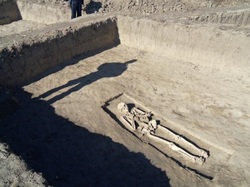 A #necropolis with over 100 #burials has been unearthed during archaeological excavations near the village of Marten in northern Bulgaria. The discovery was made by the #archaeologist from the #Archaeology Museum in the #Danube city of Ruse, Deyan Dragoev. The necropolis is on the path of the future gas connection between Bulgaria and Romania. The site includes tombs from the #Thracian times to the times of the First Bulgarian Kingdom. The oldest ones date from the 5th – 4th centuries B.C. Some reveal very interesting rites such as the tomb of a decapitated soldier, whose head was laid on his lap, while others have been buried with gold and silver jewelry or with their dogs. Some #skeletons have deformed skulls, which have been typical for the First Bulgarian Kingdom as a sign of high position in society and of nobility. Noble children then had their heads tightened with headbands in order to change the form of the skull, experts say. Remnants include wooden coffins, and ceramics and glass from Roman times. The two Thracian tombs, according to archaeologists, show that a Thracian settlement, unknown until now, has been located nearby. On Wednesday, the Ruse archaeologists sent bone material for analysis at the Bulgarian Academy of Sciences. http://www.novinite.com/view_news.php?id=145551  The Assumption is the largest rural church in Bulgaria. It combines in an amazing way various elements of Christianity and Islam. Built initially as a Christian temple, in 1593 it was destroyed by the Ottoman Empire. A mosque was erected in its place – it was a part of a large estate of caravan seraglio, which according to the chronicles-writers resembled a fortress, whose central entrance is preserved until the present days. In the early 20th century the Turkish government returned the property back to Bulgaria and the reconstruction of the mosque into a church began at that time. In 2007 the church was thoroughly reconstructed by the Haskovo Municipality. During the restoration works two medieval inscriptions in Arabic on religious-philosophical topics were discovered, but these latter inscriptions have not yet been accurately dated. All the icons and frescoes were restored. The Tryavna painter Master Darin Bozhkov carved a new iconostasis, which by its size ranks among the three biggest and most impressive ones in the country. The windows were decorated with fascinating stained glass works, depicting scenes from the life of the Mother of God.
In the last century the Assumption church in the village of Uzundjovo was proclaimed to be a cultural heritage monument. Text by bulgariatravel.org Photos powered by GoBalkans Ltd The Museum of Mosaics in Devnya displays early-Byzantine mosaics1 from Marcianopolis. The idea for its organization was born within the process of archeological research that started in 1976 and continued for five seasons with interruptions. In the process of research, a large late-Roman building decorated with mosaics was found (The House of Antiope).
The Museum was built by project of Architect Kamen Goranov standing partly on the ancient foundations of the building with the mosaics3. This ancient building was erected at the end of the 3rd – the beginning of 4th c (the time of Constantine The Great) on the location of earlier building/s that had been destroyed during the Gotts invasions of 250–251. This building existed with repairs and reconstructions until the beginning of the 7th c. The building occupies a whole quarter (insula) of length 37,15 m (north-south) and width 37,75 m (east-west).
The building’s plan follows the traditions of the Greek-Roman atrium-peristil residential place. Twenty one residential-, processing- and storage rooms of total area 1 402 square meters are arranged around a closed yard (atrium) (5,87 x 11,11 m), paved with stone slabs and brickwork water well in its middle, surrounded on three sides by covered colonnade (cryptoporticus) (92,63 m2). The walls of the residential rooms were covered by coloured paint and murals of plaster. Five of the building’s rooms and porticoes are covered with multi-coloured floor mosaics, one of the best examples of the Roman mosaic art of that period found in Bulgaria. Three of these mosaics are displayed in the rooms where they have been found (in situ) and the rest were transferred to a new carrying base following their conservation and partial restoration. The mosaics were made in the classical techniques opus tesselatum and opus vermiculatum out of small cubeshaped stones (tesseras) of marble, limestone, baked clay and coloured glass (smalta), in 16 colours. The mosaics depict mainly personages and scenes of the Greek and Roman mythology, exotic animals and birds, floral- and geometric shapes. The museum halls display diverse exhibits related to the architecture of the building and domestic life of its residents. Author: Anastas Angelov 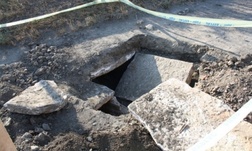 Two #gold necklaces have already been found in the recently discovered Romantombs in Debelt, in southeastern Bulgaria. The news was reported Sunday by the Bulgarian Standard daily. The archaeological team began research of the tombs last week. The two #Romantombs emerged at the beginning of the month after a truck carrying concrete for a construction site near the village of Debelt in the Strandzha mountain caused the precious discovery. The truck was on a dirt road near the main one between the Black Sea city of Burgas and Sredets. The road caved in under its weight and uncovered the #marbleplates of a Roman tomb, most likely dating from the 2nd-3rd century A.C. Another tomb was discovered nearby in the aftermath. The #archaeologists say the finds, mostly from very rich burials, have already exceeded their expectations. A skeleton of a man buried with clothes weaved with gold treat and beads is part of these finds. Because of the clothes and the bronze embalming vessel discovered beside the skeleton, they think this was someone wealthy and from the gentility. Another skeleton, believed to be of a woman, was found nearby, along with the two priceless and well-preserved gold necklaces. The necklaces are decorated with semiprecious stones and have two images – of the mythical creature Basilisk and of the official sun god of the later Roman Empire Sol Invictus (Invincible Sun). They further have some inscriptions, whose decoding is forthcoming. Archaeologist, Krasimira Kostova, notes that the woman has been a member of the religious society of the Gnostics and for this reasons the gold necklaces were placed inside her tomb – with the belief that they bore a strong defending force. The other finds include a gold pendant, and 2 bronze coins. These are the first discoveries in Debelt, associated with the Gnostic movement, which flourished precisely during the 2nd and 3rd centuries A.C. "Debelt is one of the key archaeological sites in Bulgaria. This is a Roman city, a colony of the highest level, meaning it is a direct copy of the organization and planning of #Ancient Rome. It has been founded in year 70 A.C. by retired Roman #legionnaires," Director of the National History Museum at the Bulgarian Academy of Sciences, BAS, Lyudmil Vagalinski explains. There are 15 Roman colonies on the Balkans, 3 of them in Bulgaria, with Debeltbeing the earliest one. http://www.novinite.com/view_news.php?id=141282 Photo by Impact Press Group |
Archives
April 2023
Categories
All
|

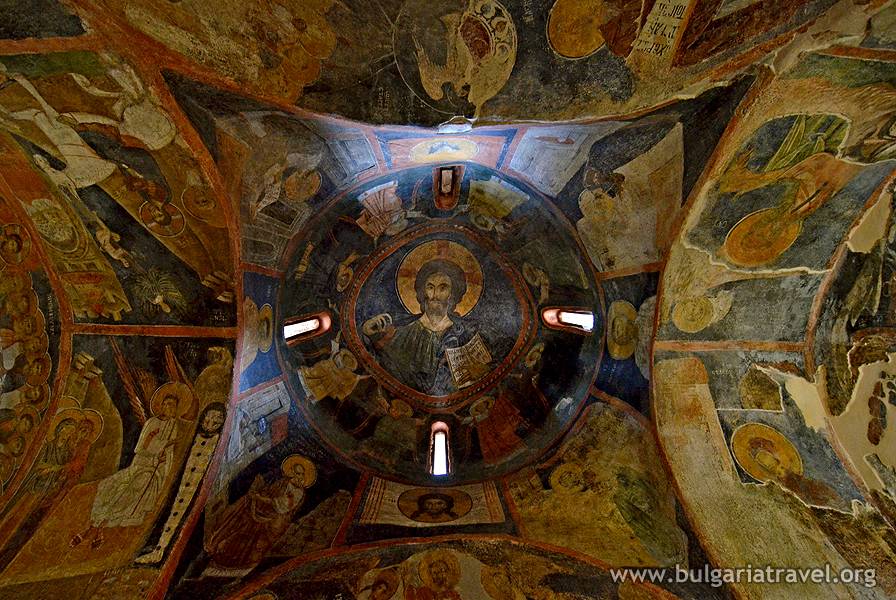
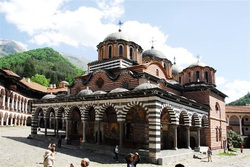
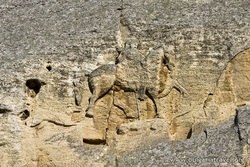
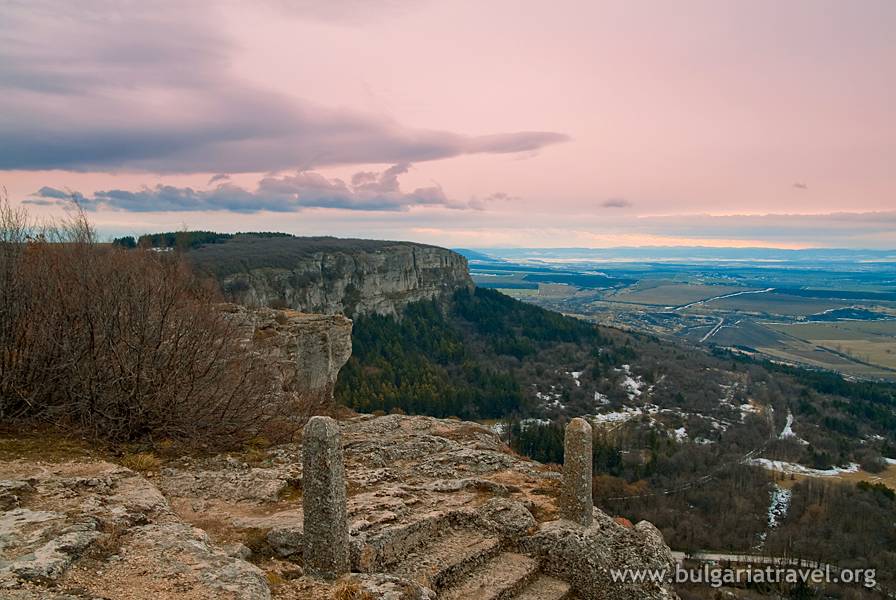
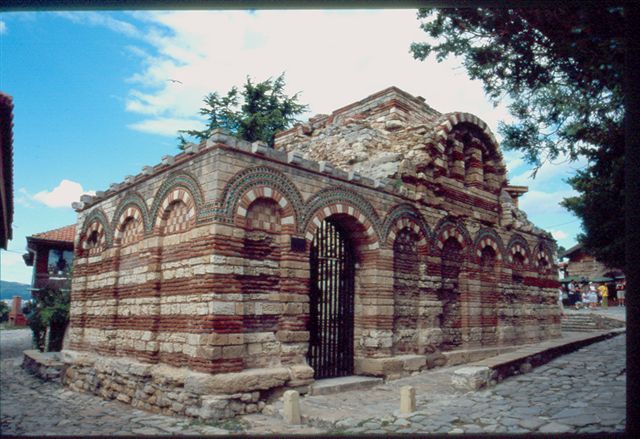
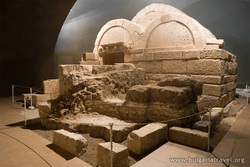
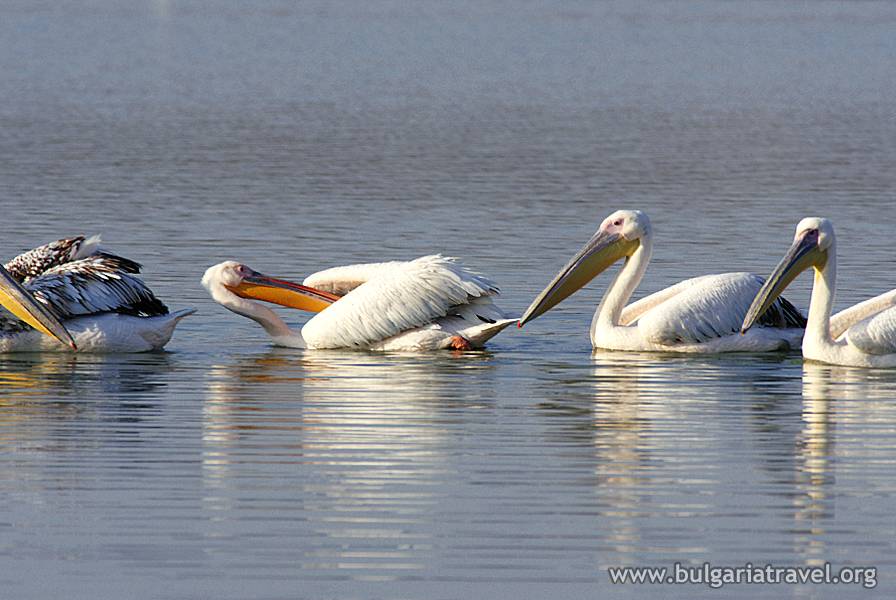
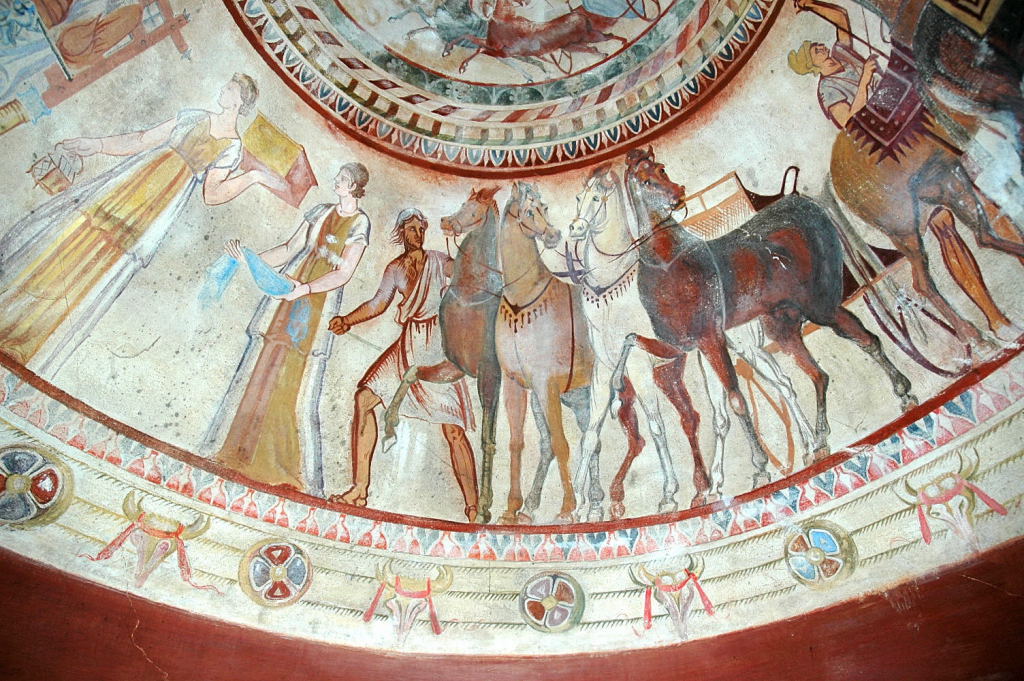
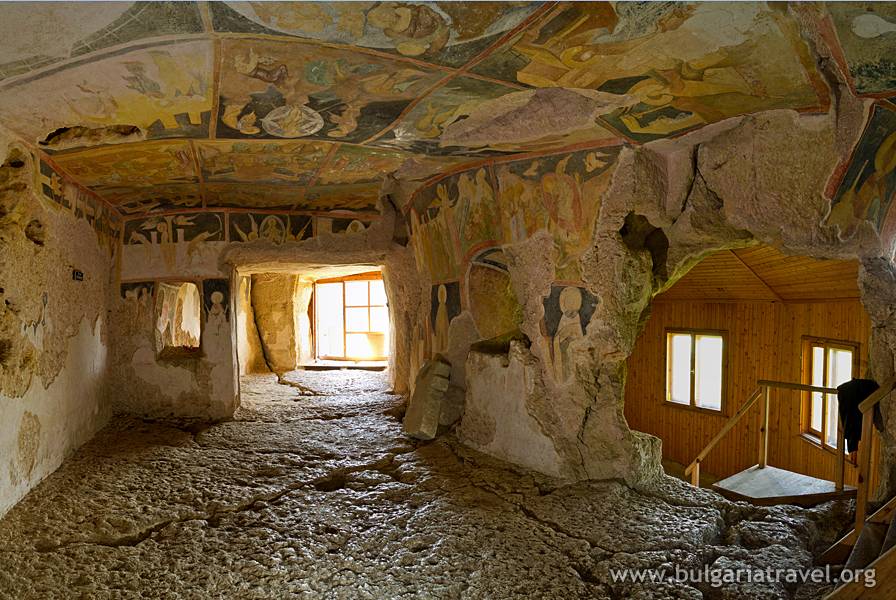
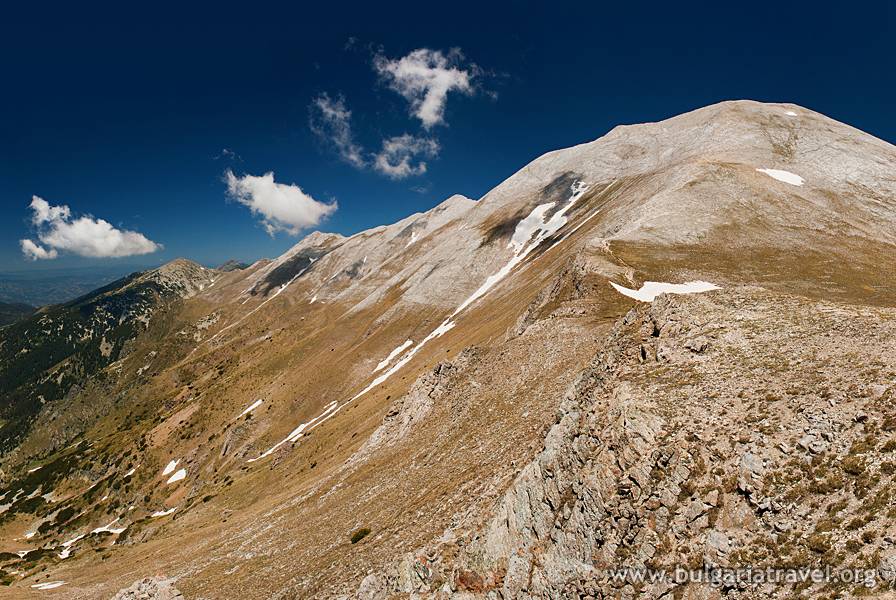

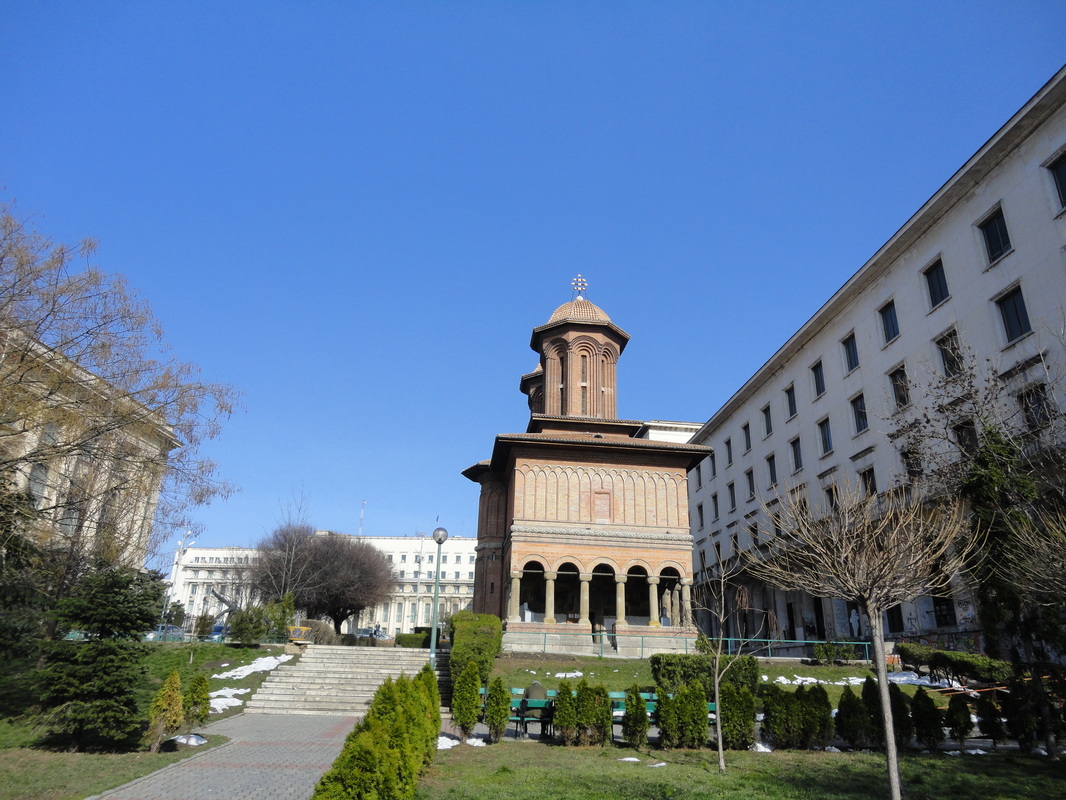
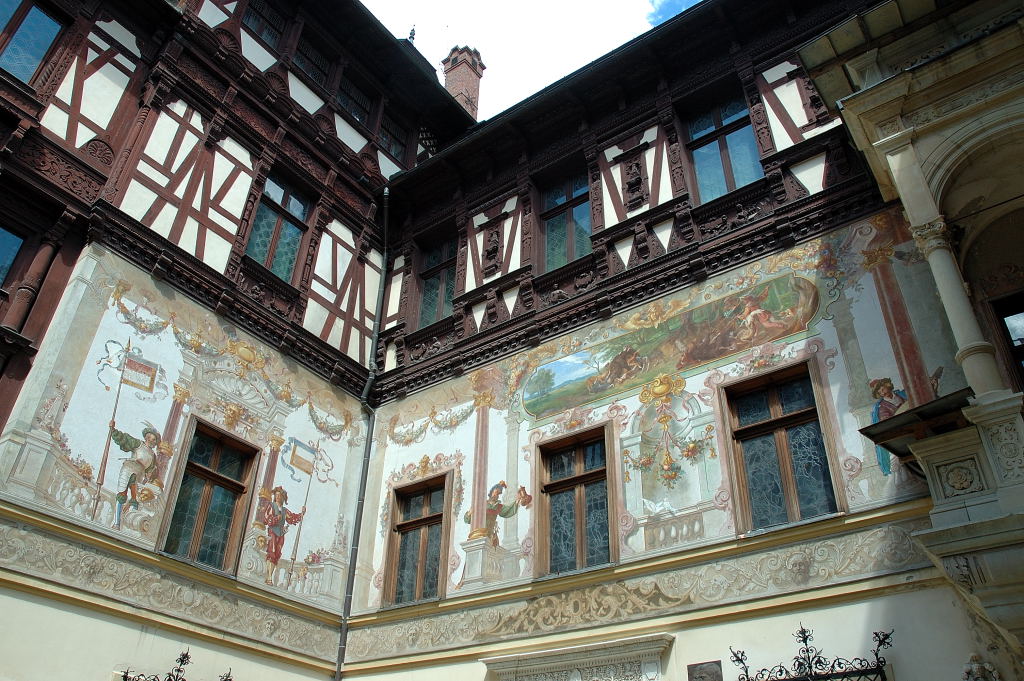
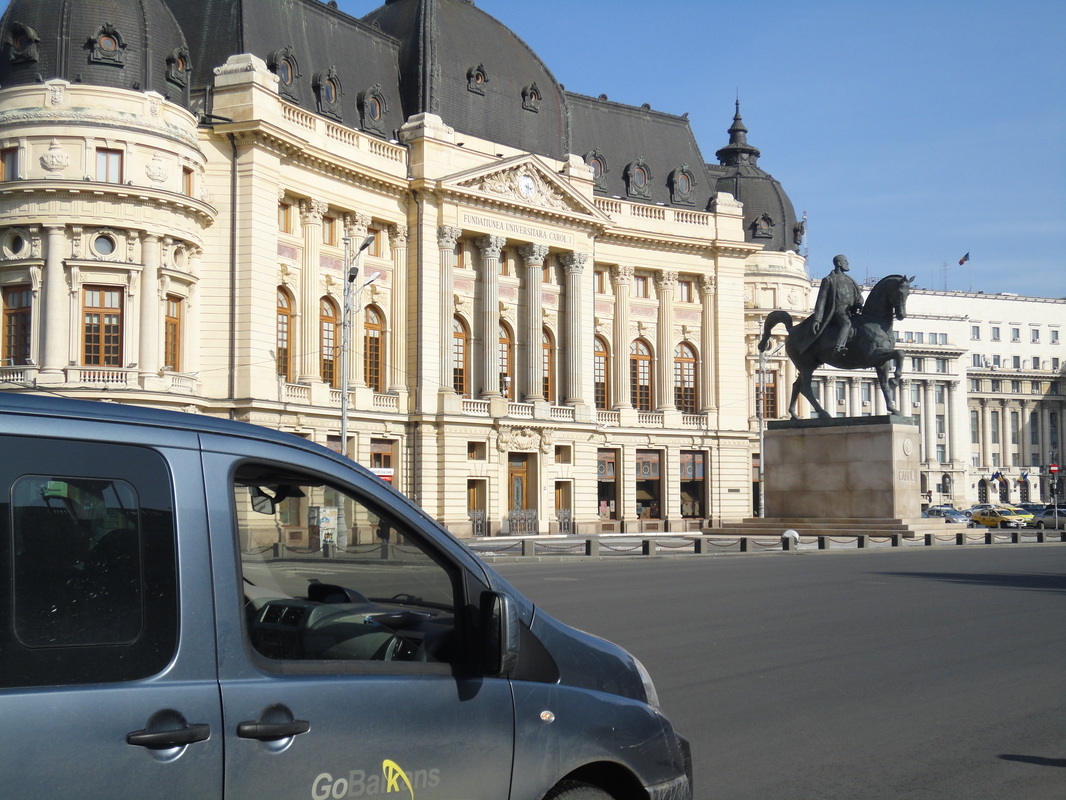
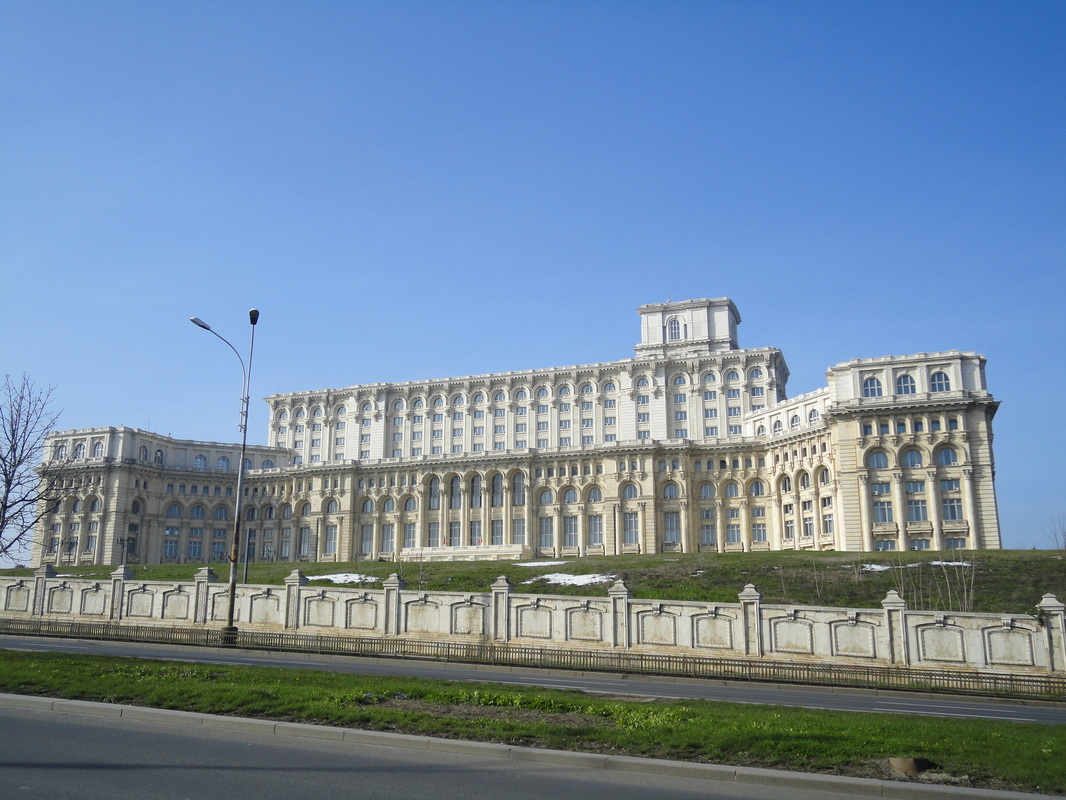
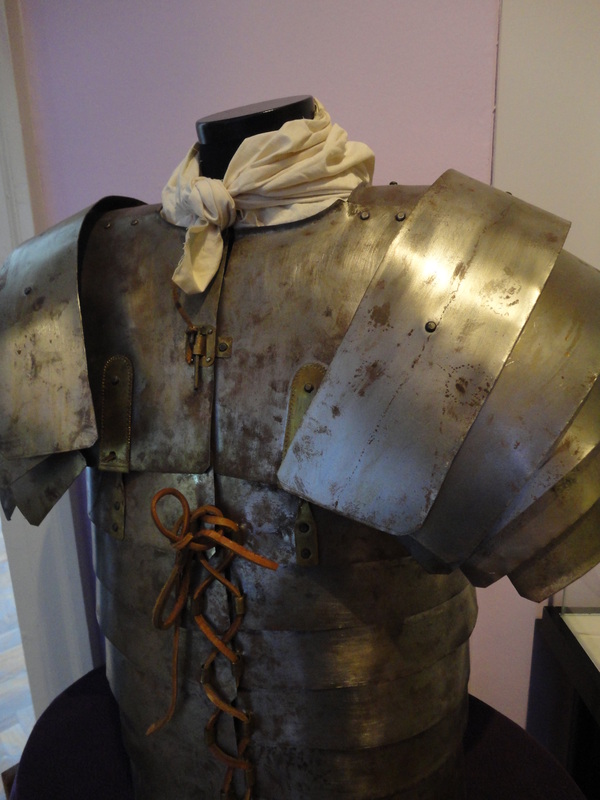
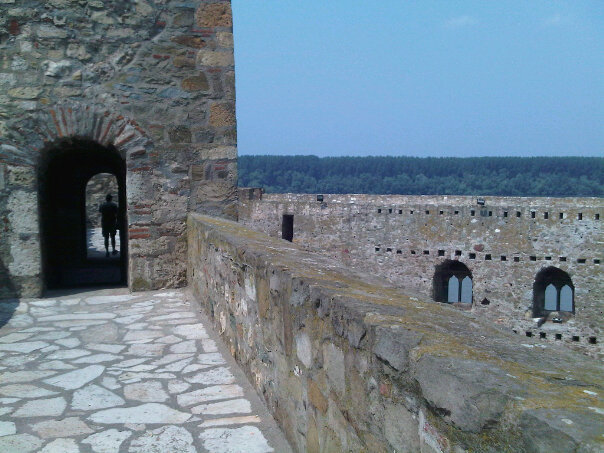
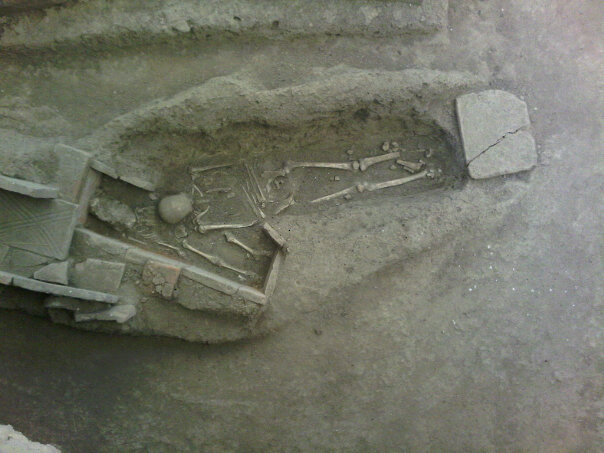

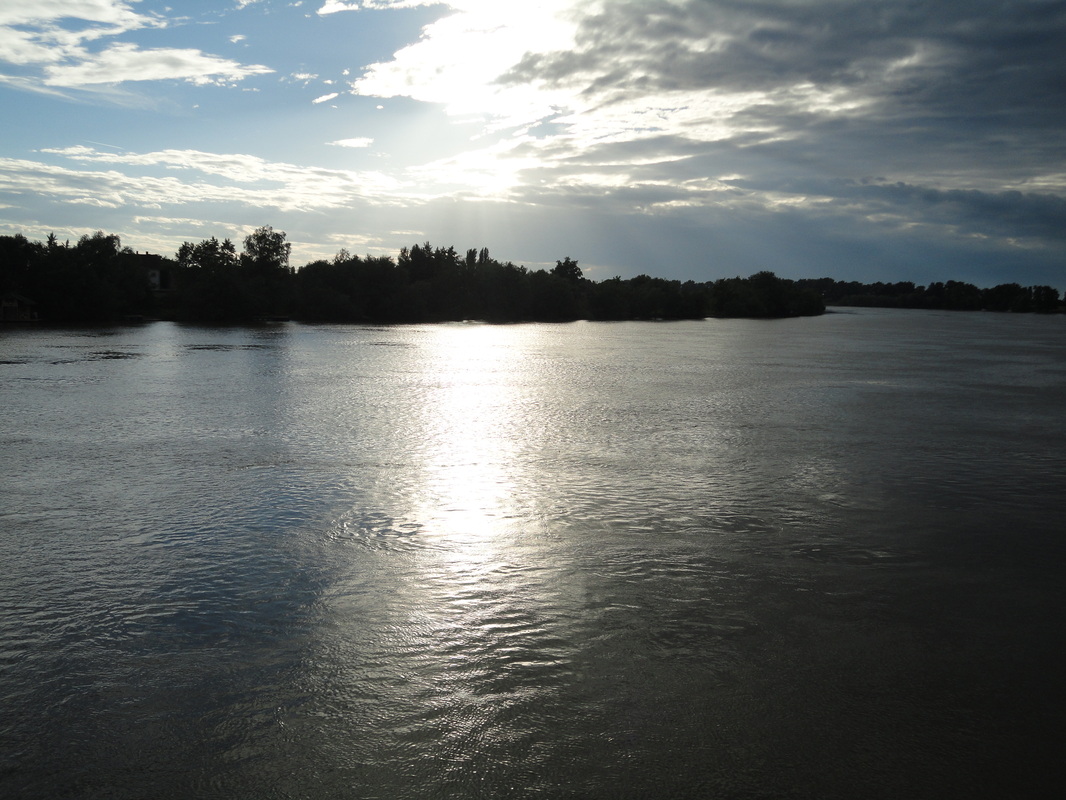

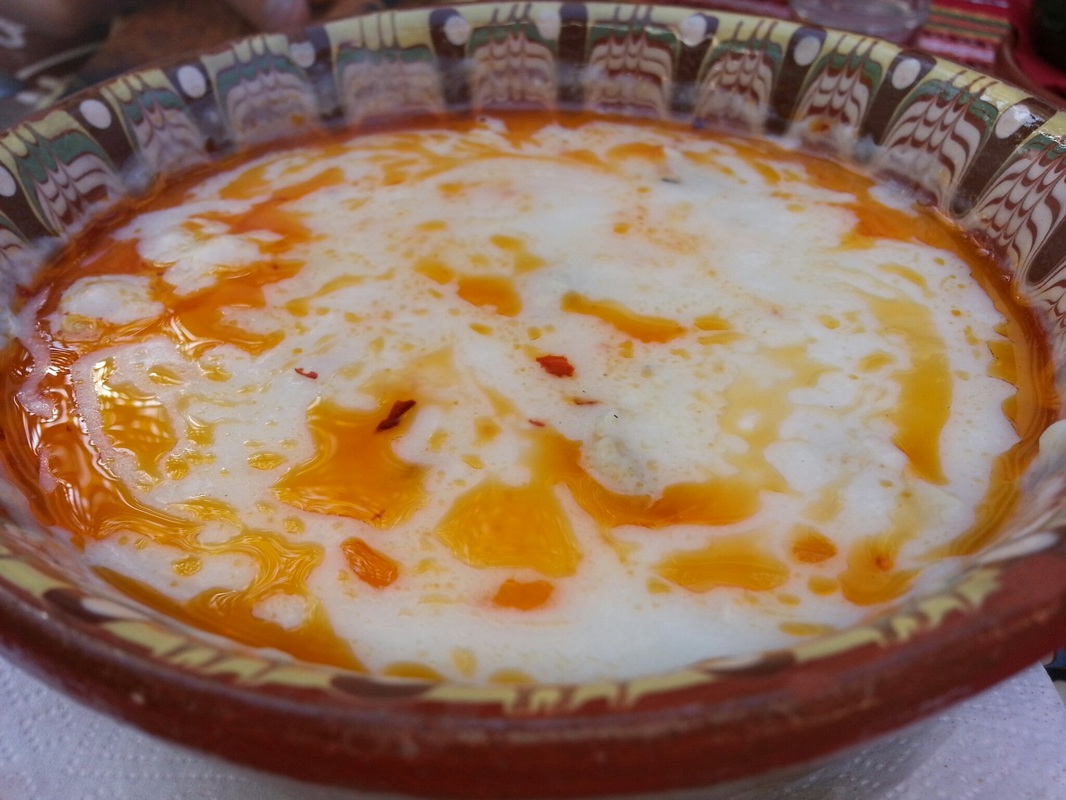
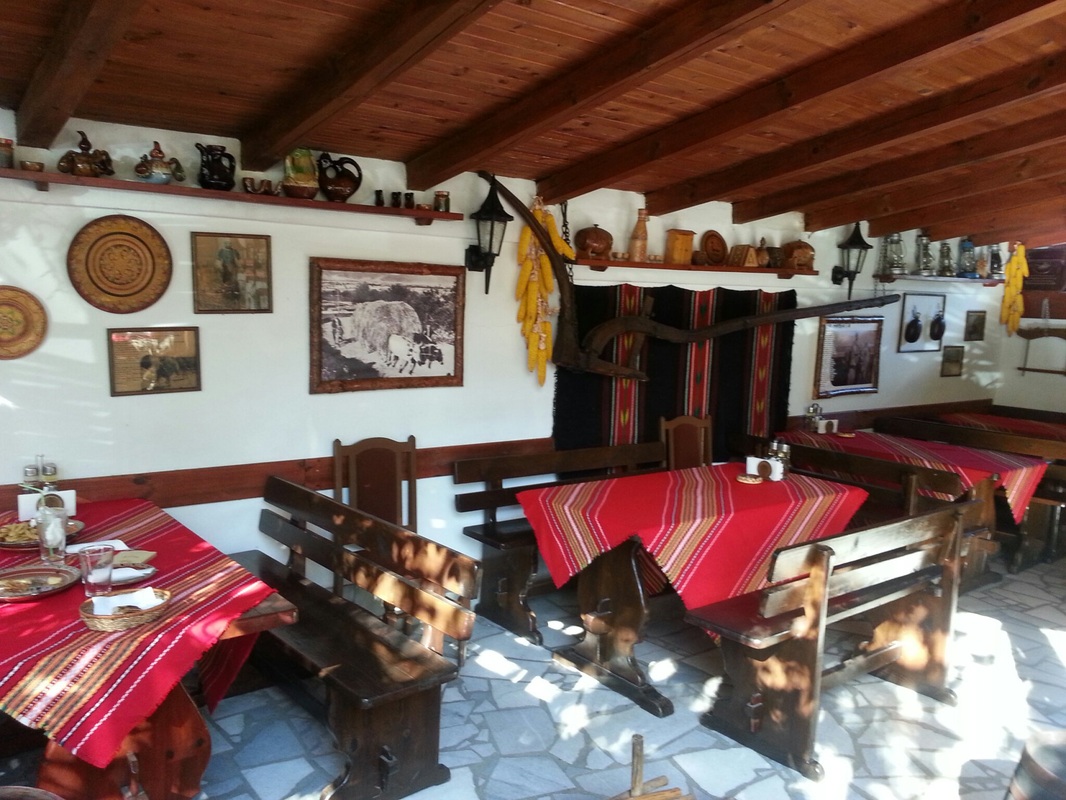

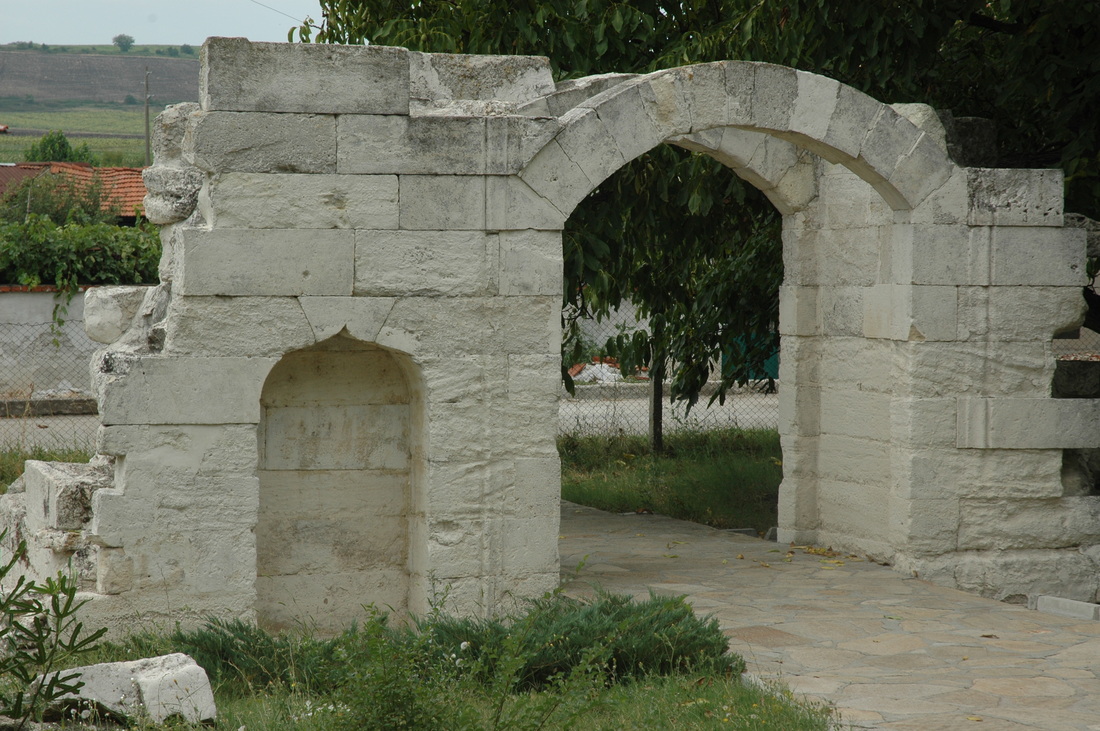

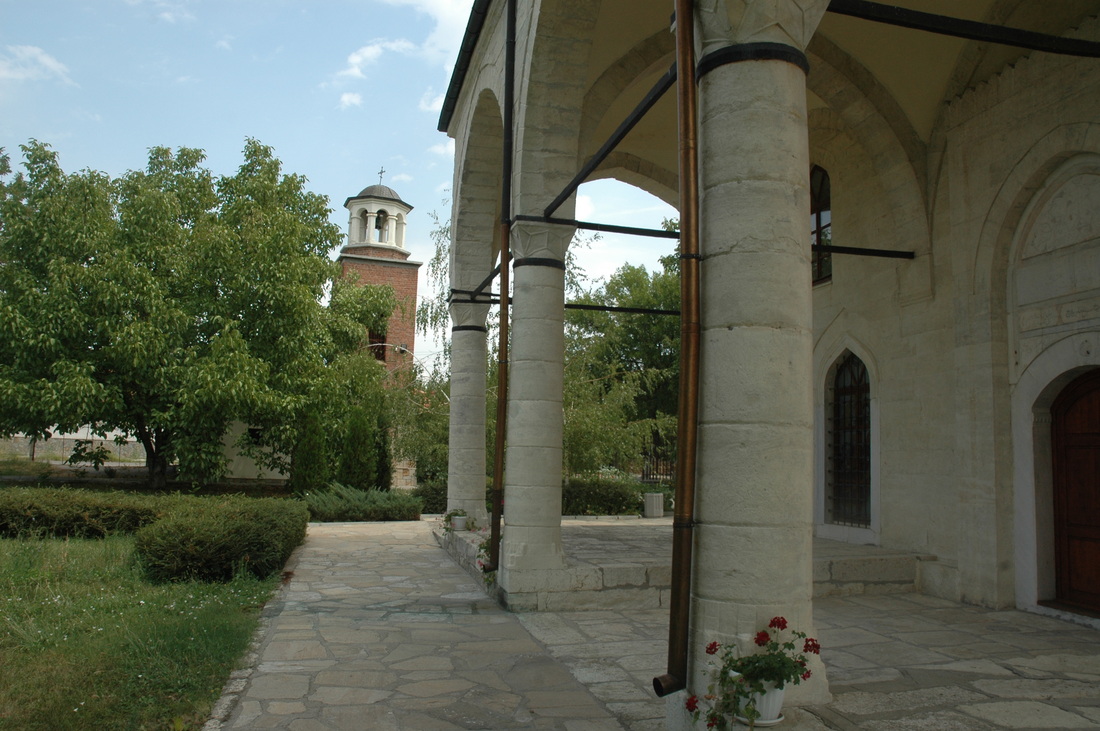
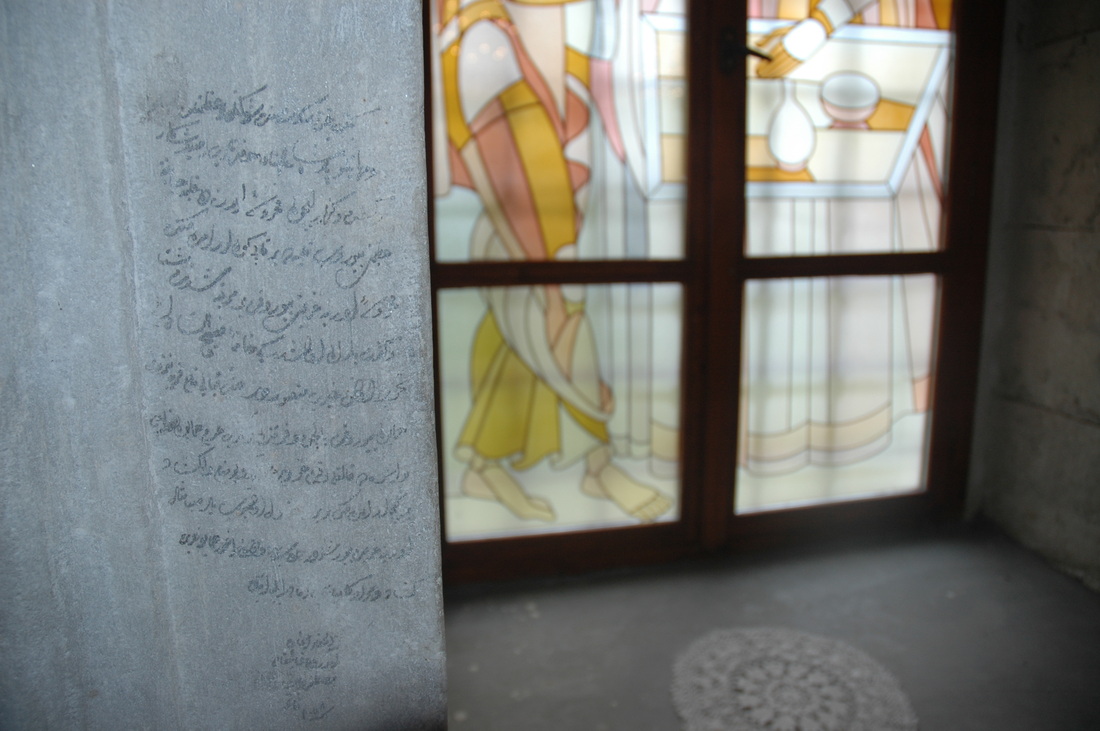
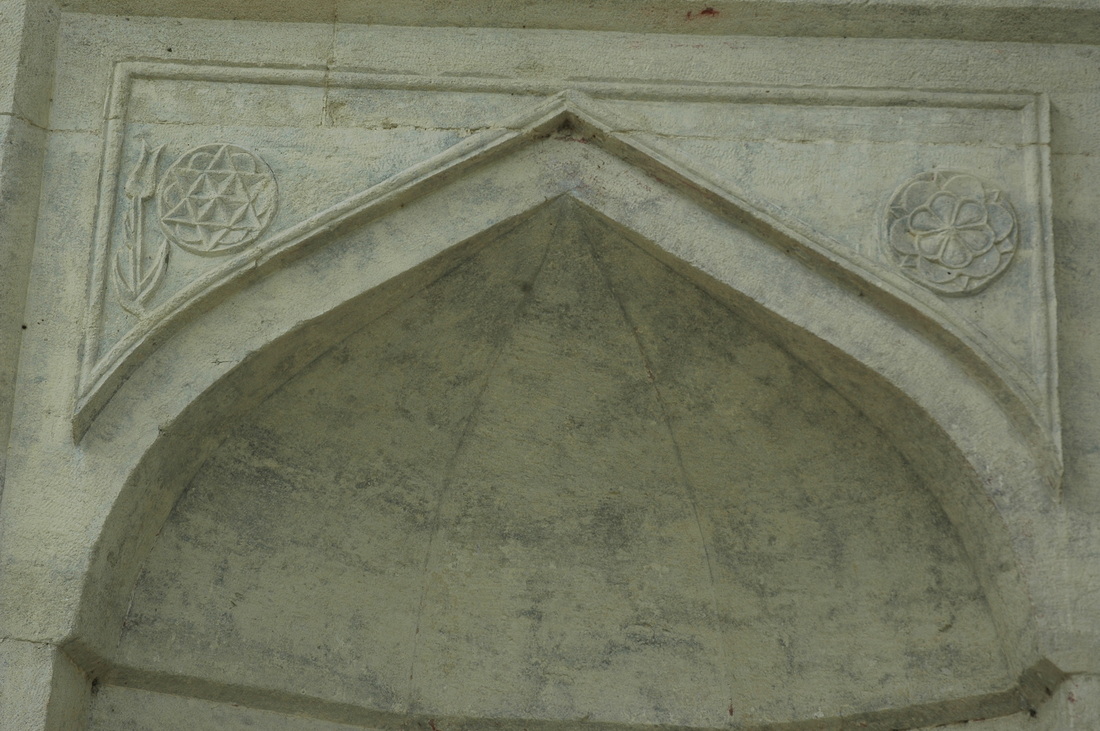
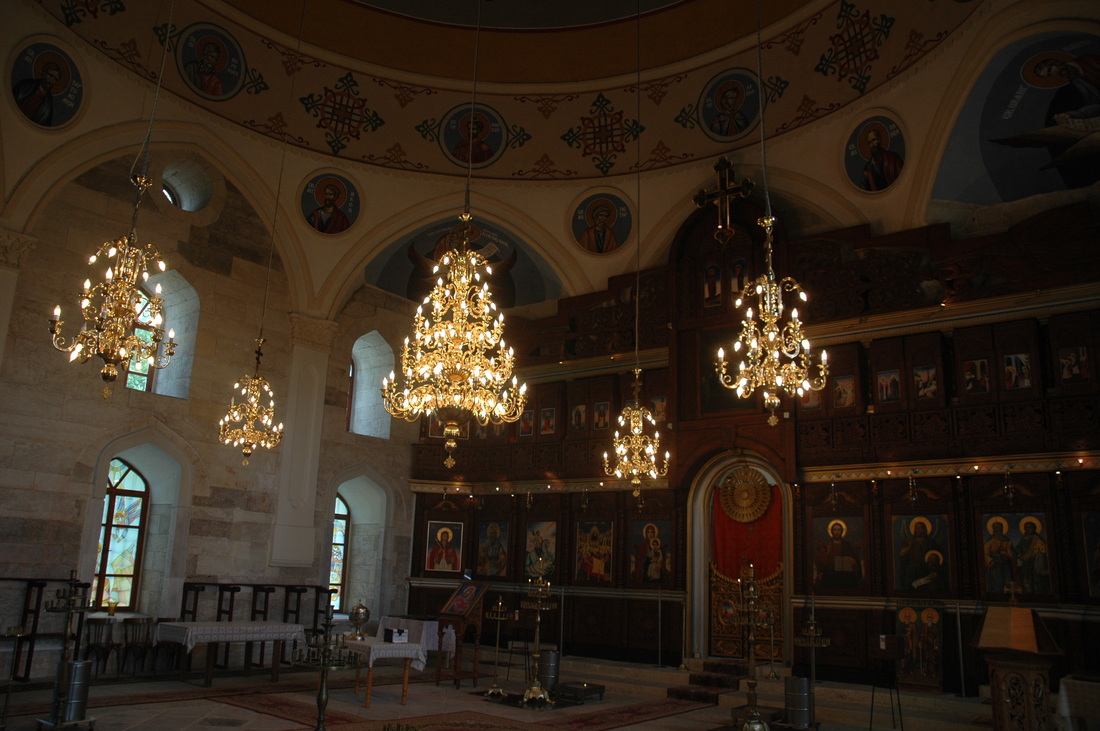
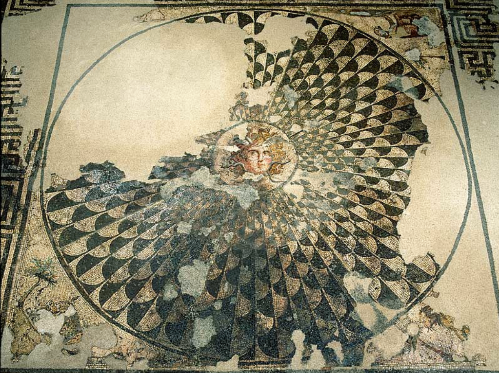
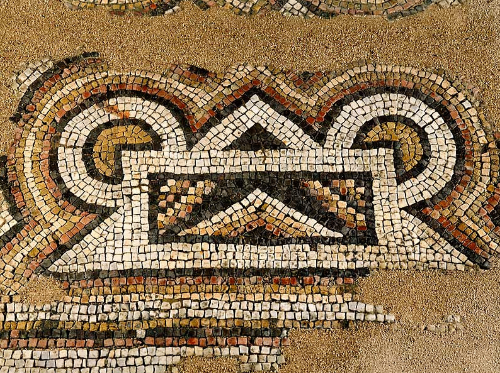

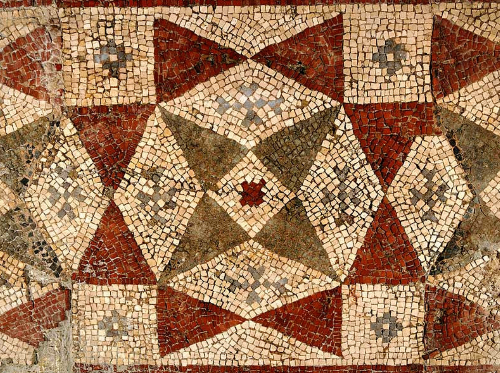
 RSS Feed
RSS Feed

